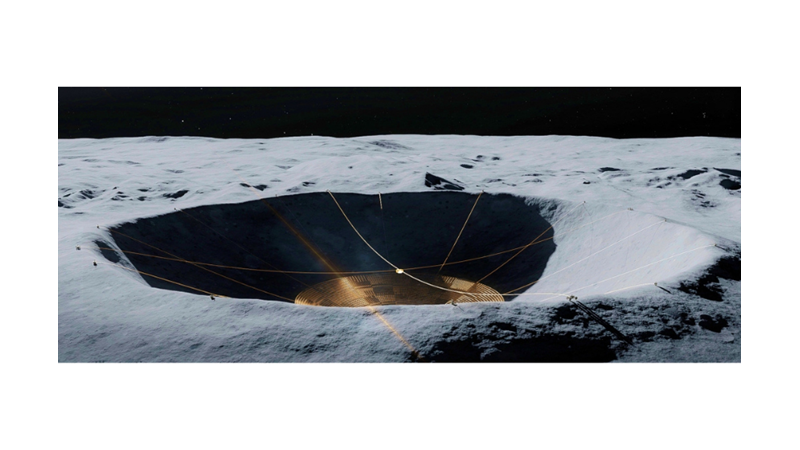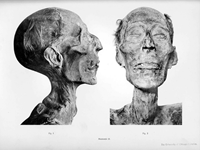Placing a telescope on the Moon is not a new idea. NASA has already funded an exploration fund for the Lunar Crater Radio Telescope (LCRT). During the Apollo missions, astronauts placed retroreflectors on the Moon so that astronomers could measure the distance to the Moon in millimetres
In a new paper, the authors summarise several known ideas and also introduce a new concept they call the hypertelescope.
While radio telescopes on the far side of the Moon, such as the LCRT, are perhaps the most popular proposal, others include the Lunar Polar Life Finder Telescope (LFTALP), which will be an array of 6.5-metre telescopes focused on studying exoplanet atmospheres as they pass through their stars.
There is also the Lunar Optical UV Explorer (LOUVE), which focuses on bright ultraviolet objects. There are even proposals for a gravitational wave observatory similar to LIGO.
The problem with all these proposals is that they would require construction at a technical level that would be difficult even on Earth. The idea of building array observatories and the like on the Moon is a lofty goal, but it is currently far beyond our technical capabilities.
So the authors propose a slightly simpler idea. A simple optical telescope that would take advantage of the Moon's terrain. The power of an optical telescope depends largely on the size of its primary mirror and the focal length of the telescope. On Earth, the focal length can be increased by having more than one mirror.
A hypertelescope can use a mirror array as the primary mirror, arranged along the terrain of a crater. The telescope's detector cluster could then be suspended by a cable in the same way that the Arecibo Observatory's detectors are suspended above the net dish.
As the mirrors would not need to be large, they would be much easier to build, and the general shape of the crater would mean that less "earthworks" would be required to place them.
A variation on this idea would be to place the mirrors on one side of the crater and the instruments on the other. This would allow a very large focal length, and the observing range of such a telescope would be limited.
All these ideas are in their infancy. And beyond their construction there are serious difficulties to overcome.
Dust will accumulate on the mirrors over time and will need to be cleaned. Even though the Moon has much less seismic activity than Earth, it can still affect the alignment of the mirrors and detectors.
But one thing is certain, we will return to the Moon, and people are building telescopes wherever they go. A lunar observatory is only a matter of time.
Source: https://www.sciencealert.com/


 Nielawore
Nielawore









Yorum yazmak için lütfen giriş yapınız